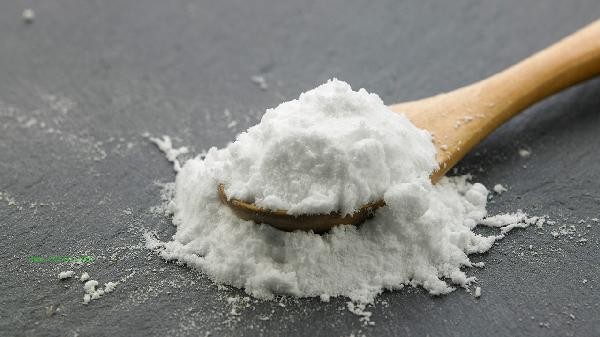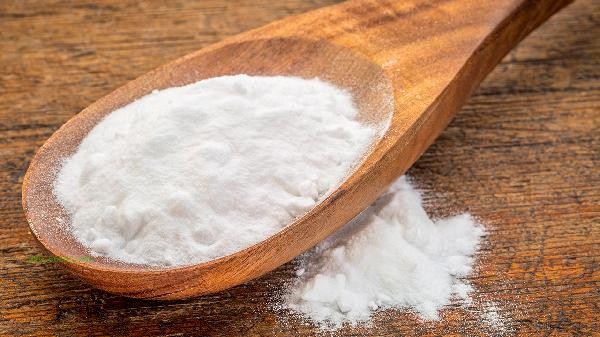The ratio of baking soda should be adjusted according to its specific use. Common uses include baking cleaning, personal care, and relieving excessive stomach acid.

1. When baking pasta or cakes using [SEP], the ratio of baking soda to flour is usually 1:100. For example, adding 5 grams of baking soda to 500 grams of flour requires pairing with acidic substances such as lemon juice or yogurt to trigger the reaction. Excessive use can cause the finished product to become bitter. It is recommended to mix it with baking powder at a ratio of 1:2 to enhance its fluffiness. It should be noted that different formulas have different requirements for alkalinity, and soda crackers need to be adjusted separately.
2. Home cleaning
When removing dirt, a 5% concentration solution can be prepared, which means dissolving 5 grams of baking soda in 100 milliliters of warm water. Stubborn oil stains can be made into a paste and applied directly, combined with white vinegar to enhance the descaling effect. To clean the washing machine sink, dissolve 50 grams of baking soda in 2000 milliliters of water. After cleaning the metal surface, rinse it promptly to avoid corrosion.
3. Personal Care
Rinse mouth with a 0.5% solution to relieve oral ulcers, which is 250 milliliters of water mixed with 1.25 grams of baking soda. Add 15 grams per liter of water for foot bath deodorization, and it is recommended to mix coconut oil in a ratio of 1:3 for skin exfoliation. Sensitive skin needs to be tested in a small area before use, as frequent use may damage the skin barrier.
4. Medical assistance [SEP]: When relieving excessive stomach acid, 5% sodium bicarbonate injection should be professionally prepared. For temporary relief by oral administration, 1 gram of baking soda can be mixed with 200 milliliters of warm water. Patients with severe gastric ulcers are prohibited from taking it continuously for no more than 3 days. When accidentally ingesting acidic toxins for emergency treatment, it is necessary to neutralize them with a concentration of 2% under the guidance of a doctor.

5. Agricultural sterilization
can be sprayed at a ratio of 0.3% to control plant powdery mildew, which is 10 liters of water plus 30 grams of baking soda. Add a small amount of detergent to enhance adhesion and avoid use during high temperatures at noon. Soil improvement should not exceed 2 kilograms per acre of land, as excessive application can increase soil alkalinity.
When using baking soda, strict weighing is required, and food grade and industrial grade should not be mixed. Storage should be sealed and moisture-proof, and the activity will decrease after clumping. Special purposes such as neutralizing chemical reagents, aquarium regulation, etc. require professional guidance. Long term excessive intake may affect mineral absorption. It is recommended to control the daily use of a single dose within 20 grams. If the skin turns red or the gastrointestinal tract becomes uncomfortable after use, stop using immediately.









Comments (0)
Leave a Comment
No comments yet
Be the first to share your thoughts!